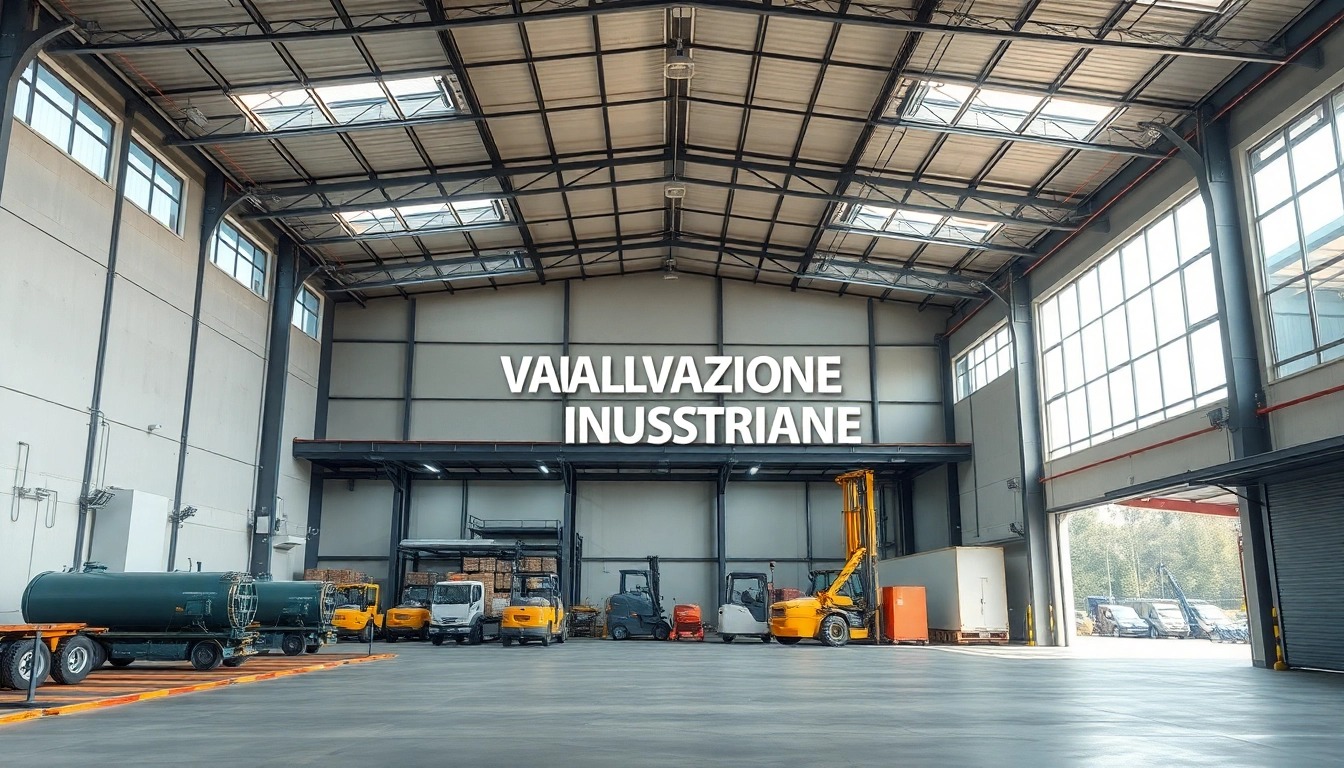Understanding Certified Translation
In an increasingly globalized world, the need for accurate and legally recognized translations has become paramount. Certified translation serves as a crucial element for individuals and businesses alike when dealing with official documents. Whether applying for a visa, submitting legal documents, or seeking admission to educational institutions, a certified translation provides assurance that translations meet the required standards of accuracy and integrity. Understanding what constitutes a certified translation, along with the importance of certification in this field, is essential for anyone navigating multilingual environments. When exploring options, certified translation services can offer comprehensive insights into the best practices and standards required.
What is a Certified Translation?
A certified translation is an accurate translation of a document accompanied by a signed statement from the translator or translation service asserting that the translation is a true and accurate representation of the original document. This certification verifies that the translator is competent and has the necessary credentials to perform translations accurately. A certified translation typically includes the translator’s name, signature, and contact information, along with the date of certification.
Importance of Certification in Translation
The significance of certified translations cannot be overstated, especially in legal, academic, and governmental contexts. Certification ensures that the document is appropriate for submission to authorities such as the U.S. Citizenship and Immigration Services (USCIS) or educational institutions. Additionally, certified translations are often required by courts, making them essential for legal matters. Without certification, a standard translation may not be accepted, which can lead to delays or complications in legal and immigration processes.
Common Misconceptions about Certified Translation
There are several misconceptions regarding certified translations that can lead to confusion. One common myth is that only certified translators can provide certified translations. In reality, any translator can certify their work if they have the necessary qualifications and skills. Another misconception is that certified translations are synonymous with notarized translations. While both serve important functions, notarization involves a notary public witnessing the signing of the certification statement, whereas certification focuses primarily on the accuracy of the translation itself.
Key Benefits of Certified Translation Services
Ensuring Accuracy and Legitimacy
One of the most critical benefits of certified translation services is the assurance of accuracy and legitimacy. The certification process requires a thorough review of both the source and target documents, ensuring that every detail is precisely translated. This is especially vital for legal documents, where even minor errors can have significant consequences.
Facilitating International Communication
Certified translations play an essential role in facilitating international communication. Businesses looking to expand into foreign markets must ensure that their documents, marketing materials, and contracts are accurately translated and certified. This not only helps in establishing credibility with international partners but also ensures compliance with local laws and regulations.
Meeting Legal and Institutional Requirements
Many legal and academic institutions require certified translations for official documents. This includes documents such as birth certificates, marriage licenses, diplomas, and transcripts. Failing to provide a certified translation can lead to rejection of applications or legal proceedings, underscoring the importance of utilizing certified translation services.
Choosing the Right Certified Translation Provider
Factors to Consider When Selecting Services
When selecting a certified translation provider, several factors should be considered to ensure quality and reliability. First, check the credentials of the translators involved. A reputable service will employ translators with linguistic expertise and relevant industry experience. Additionally, consider the languages offered and the types of documents they specialize in. Look for providers that have experience in your specific field, whether it be legal, medical, or technical translations.
Cost vs. Quality: What to Expect
Price is often a significant factor in choosing a translation service, but it’s essential to balance cost with quality. While some services may offer lower rates, be cautious about their reputation and the qualifications of their translators. Certified translations can vary in price depending on factors such as language complexity, document length, and turnaround time. It’s advisable to obtain multiple quotes and compare services to find a balance that meets both budget and quality expectations.
Reading Reviews and Testimonials
Reviews and testimonials can provide valuable insights into the reliability and quality of a certified translation service. Check online platforms for feedback from previous clients and look for any patterns in satisfaction or dissatisfaction. Additionally, consider asking for references directly from the service provider; reputable companies will be willing to share success stories and enable you to connect with satisfied clients.
Process of Obtaining Certified Translations
Step-by-Step Guide to Requesting Services
The process of obtaining a certified translation typically begins with selecting a translation service and submitting your documents for review. Here is a step-by-step guide:
- Document Submission: Provide clear copies of the documents you need translated.
- Quote Request: Request a quote based on the document type and language pair.
- Confirmation: Confirm the quote and any additional requirements or deadlines.
- Translation Process: The translator will work on your document, ensuring accuracy and compliance with certification requirements.
- Certification: Once complete, the translator will provide a signed certification statement along with the translated documents.
- Delivery: Receive the certified translation via your chosen method, whether electronic or hard copy.
What Information is Needed for Certification?
When requesting a certified translation, certain information is typically required. This includes:
- The original documents to be translated.
- The target language for the translation.
- Any specific formatting requirements or certifications needed.
- The purpose of the translation (e.g., USCIS submission, court documentation).
This information helps the translation service tailor their work to meet your exact needs, ensuring that all parties are satisfied with the final product.
Timelines and Expectations for Completion
Timelines for certified translations can vary widely depending on the complexity of the document and the translation service’s workload. Generally, clients should expect the following:
- Standard Documents: 1-3 business days for translations of standard length.
- Complex Documents: 3-7 business days for legal or highly technical documents.
- Rush Services: Many providers offer expedited services for an additional fee, often completing translations within 24 hours.
It is crucial to communicate your deadlines clearly when placing your order to ensure timely delivery.
The Future of Certified Translation in 2025
Trends and Innovations in Translation Technology
The translation industry is poised for significant changes in 2025, driven by technological advancements and globalization. One notable trend is the integration of artificial intelligence (AI) and machine learning to enhance translation accuracy and efficiency. AI-powered tools are increasingly being utilized to assist human translators, ensuring consistency and speeding up the translation process. However, while technology can improve efficiency, the need for skilled human translators remains essential, especially for certified translations where accuracy is paramount.
The Impact of Globalization on Translation Needs
As businesses expand into international markets, the demand for certified translations will continue to grow. Companies will increasingly require certified translations for marketing materials, legal documents, and employee contracts to comply with local regulations. This trend emphasizes the need for translation providers to adapt to various cultural contexts and legal requirements across different countries.
Preparing for Emerging Challenges in the Industry
As the landscape of certified translation evolves, several challenges are anticipated in the coming years. These include maintaining the balance between technology and human expertise and addressing the varying quality standards in translation services. Additionally, as remote work becomes more prevalent, the ability to provide seamless, certified translations across borders will remain critical.
Moving forward, translation services that emphasize quality, transparency, and technological integration will likely find success in the competitive market, ensuring they meet the demands of a globalized world.



